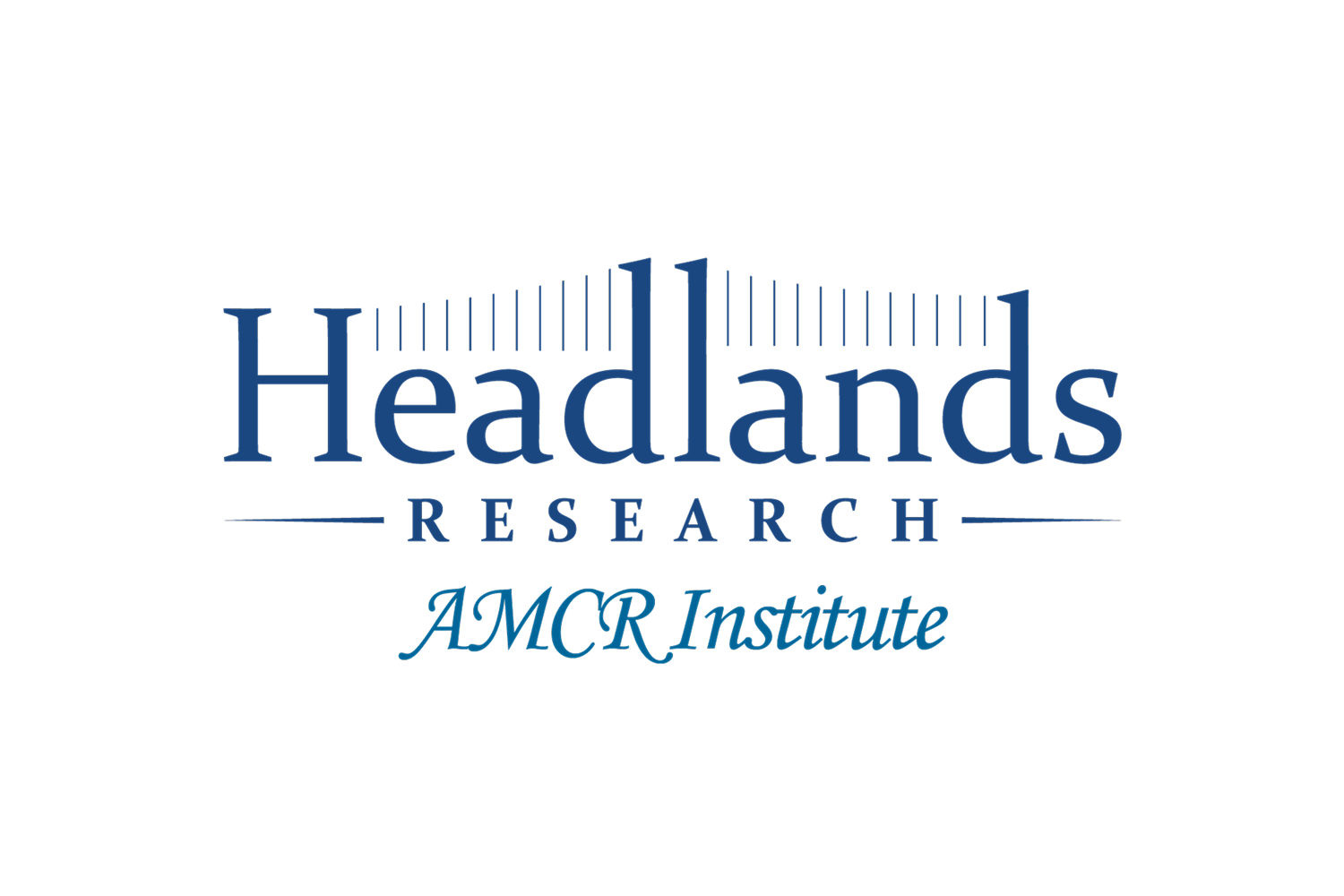
Healthcare’s administrative backbone has always relied on the dedication of medical office staff—professionals who balance patient communication, document management, payer interactions, scheduling, and the countless details that keep clinics running smoothly. But as patient volumes rise, payer requirements expand, and care delivery becomes more complex, the job has grown heavier than ever. Staff who once managed workloads comfortably now find themselves stretched thin, overwhelmed by competing priorities and burdened by repetitive tasks. AI has emerged as a critical partner in this environment, not as a replacement for staff but as a force multiplier that restores capacity, confidence, and stability.
The true value of AI becomes clear when examining a typical day for administrative teams. Staff arrive to a flood of faxes, voicemails, and messages. Referrals need to be reviewed, sorted, and entered. Prior authorizations must be initiated and monitored. Eligibility issues surface unexpectedly. Missing documentation disrupts schedules. Every interruption forces staff to stop what they’re doing and switch contexts, creating a cycle of reactivity that drains productivity. AI changes the rhythm of the day by absorbing the repetitive, manual tasks that consume the most time and mental energy.
One of the most immediate benefits is the reduction of administrative clutter. AI handles document ingestion at scale, interpreting and routing faxes, PDFs, and scanned records without human intervention. Instead of spending hours sorting through inboxes, staff begin their day with clear queues and predictable workloads. This shift alone improves productivity, but it also reduces the cognitive fatigue that comes from managing fragmented inputs.
AI also supports staff by removing the guesswork associated with payer requirements. Payer rules are complex, constantly changing, and difficult to memorize. In a manual workflow, staff must research policies, navigate portals, and adapt to new expectations on the fly. AI systems monitor payer behavior continuously and adjust workflows automatically, allowing staff to rely on accurate, up-to-date guidance. This reduces errors, prevents rework, and eliminates the frustration of encountering last-minute surprises.
Productivity gains compound further in workflows like prior authorizations, where delays and inefficiencies often burden staff. Instead of manually gathering documentation, populating forms, and checking status updates, staff oversee an AI-driven process that performs these tasks autonomously. Their role shifts from production to supervision, allowing them to focus their attention on exceptions, patient needs, and proactive coordination. The work becomes more strategic and less repetitive, which improves both efficiency and job satisfaction.
Scheduling teams benefit as well. Many scheduling errors stem from incomplete readiness—missing referrals, pending authorizations, or outdated insurance information. AI ensures that these prerequisites are identified and resolved before appointments are booked. Schedulers no longer spend time on calls, emails, and follow-ups simply to validate basic information. They can schedule confidently, knowing the operational foundation has been prepared.
Another major productivity enhancer is the reduction of rework. When upstream processes are inaccurate or incomplete, staff downstream must fix the consequences. This is one of the most draining and demoralizing parts of administrative work. AI prevents many of these errors by ensuring documentation is complete, eligibility is verified, and information is organized before it reaches human hands. Productivity increases not because staff work faster, but because they stop repeating the same work over and over.
The psychological benefit is equally significant. Staff who feel constantly behind experience chronic stress, reduced morale, and higher turnover. When AI removes the chaos from their workflows, they regain a sense of control. Tasks feel manageable. Workloads feel reasonable. Teams can finally plan their day instead of reacting to crises. This stability improves engagement and fosters a healthier workplace culture.
Importantly, AI does not diminish the human role—it elevates it. Patients still need compassionate communication, empathetic support, and thoughtful coordination. Providers still rely on administrative staff to translate operational realities into an organized clinical environment. AI frees time for these higher-value interactions, allowing staff to focus on the human aspects of care that technology cannot replicate.
The rise of AI in medical offices is not a trend driven by technology—it is driven by necessity. Without support, administrative workloads will continue to grow faster than staffing can keep up. AI offers a sustainable solution that expands productivity without adding headcount. It brings order to complexity, consistency to unpredictable workflows, and relief to teams who carry the weight of healthcare operations.
For medical office staff, AI is not just helpful—it is becoming essential. It enables them to perform their jobs with greater clarity, less stress, and more confidence. And when staff thrive, the entire organization feels the lift.


